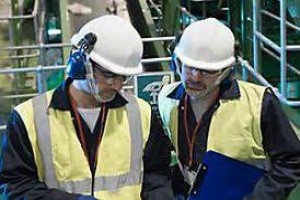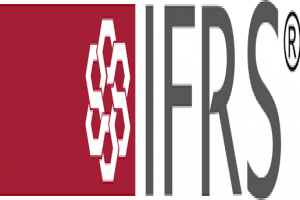Description
Date
1st Batch: 10th – 12th Mar, 2025
2nd Batch: 23rd – 25th June, 2025
3rd Batch: 11th – 13th Sept, 2025
4th Batch: 27th – 29th Nov, 2025
Event Details
At the end of this training seminar, the participants will be able to:
- Understanding different aspects of process design that influence process safety
- Appreciate “inherently safer design” for the entire process plant operation
- Evaluate mechanical integrity of process equipment
- Identify hazards associated with process fluids regarding impact on material degradation
- Follow code requirements for sizing relief valves to handle relief streams
- Operate Emergency De-Pressuring Systems (EDP) in case of fire and gas explosions
CONTENT
Overview of Safety in Process Design
- Definition of Safety in Process Design
- Overview of Historical Incidents and Problem Areas
- Components of Process Safety: People, Plant, Process
- Risk Identification and Safety Analysis
- Process Hazard Analysis: HAZOP, LOPA, FMEA
- Hazards Associated with Specific Plant Systems
- Elimination of Hazards through Process Design
- Prevention of Human Error through Process Control and Monitoring
Inherently Safer Design
- Inherently Safer Design Methodology
- Pre-Design and Design Phases
- Materials of Construction and Optimized Fabrication
- Hazard Associated with Process Fluids and Chemical Reactions
- Corrosion, Erosion and Material Degradation
- Leakage and Loss of Primary Containment
- Dispersion of Hydrocarbon Release
- Flammability of Chemicals
Safety of Process Equipment
- Hazard Associated with Process Equipment
- Safety Considerations in Reactor Design
- Design Procedure for Safety of Pressure Vessels, Storage Tanks, Reactors, Heat Exchangers
- Venting of Tanks and Vessels: Codes, Standards and Best Practices
- Piping System Design and Safety
- Design of Piping System Accessories: Valves, Fittings, Supports
- Assessment of Material Degradation during In-Life Cycle: Fitness for Service
- Monitoring, Testing and Inspection (NDT)
Design of Pressure Relief Systems
- Design of Safety Valves
- Operation of Pressure Relief System
- Calculation and Sizing of Relief Loads of Pressure Relief Systems
- Pressure Relief Valves vs. Rupture Discs
- Codes, Standards and Best Practices
- Specifics of Pressure Relief Systems for Pumps, Compressors, Turbines
- Process Plant Disposal Systems
- Disposal Hazards, Risk Assessment and Environmental Factors
Process Monitoring and Control
- Safety Instrumented Systems
- Process Plant Monitoring and Control System: SCADA
- Emergency De-Pressurig Systems (EDP)
- Prevention of Fire and Gas or Dust Explosions
- Safety Consideration in Plant Layout and Equipment Spacing
- Management of Change and Integrity Operation Window
- Plant Equipment Inspection and Maintenance Procedures
- Final Conclusions
TRAINING METHODOLOGY
The training methodology combines lectures, discussions, group exercises and illustrations. Participants will gain both theoretical and practical knowledge of the topics. The emphasis is on the practical application of the topics and as a result participant will go back to the workplace with both the ability and the confidence to apply the techniques learned to their duties.





